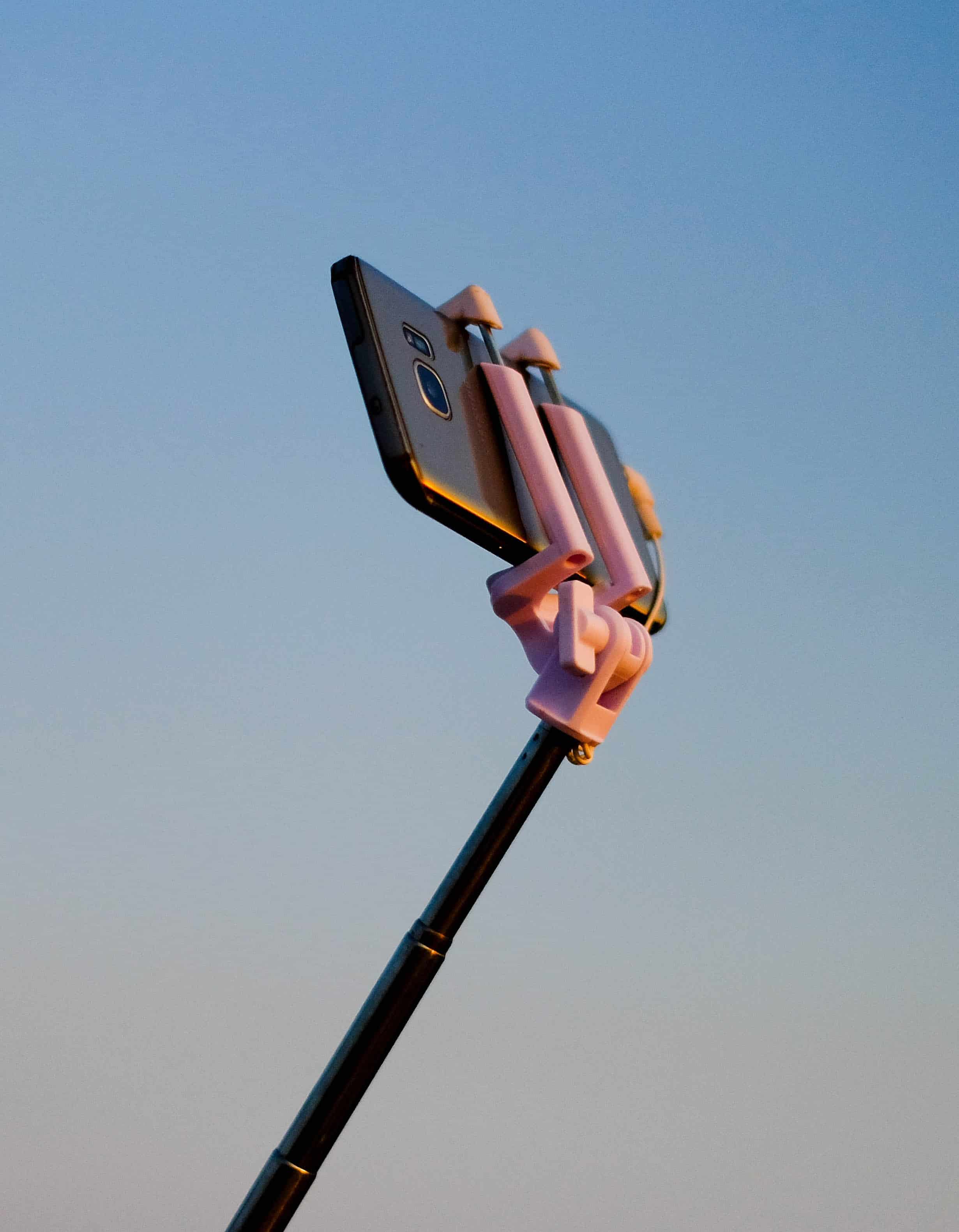1. Custom is King
Museums and tourist destinations continue to offer visitors options that tailor the visit to specific needs and desires. From what we see, customisation will continue to be in high demand. The attention economy we find ourselves in makes us increasingly choosy and our expectations on any experience continue to grow ever higher.
When entering a museum or tourist destination, visitors may encounter certain annoyances such as long queues, being short on time, a mobile phone running out of battery, needing the toilet, not knowing where to start etc. These situations can be overwhelming and digital tools have a clear role in providing assistance, for example via an app in your phone or an audio guide device handed to you on-site. In Canada, for example, there is a new app called Skipt, which enables a visitor to pay for the best place in the queue, or conversely, to cash in by selling their first-rate queue spot. Just like at the airport, why queue if you don’t have to, right?
An app also allows a museum the possibility of offering customised content, such as a children’s track, a multiple-choice quiz or in-depth information, for the visitor who is already well-acquainted with a topic. If a visitor is suffering from information overload, the app can offer her suggestions through criteria she has specified, such as how much time she wants to spend or a couple of keywords she is interested in. She can also choose to opt out of choosing and let the app act as a virtual guide, taking her through an exhibition or place from start to finish – a great option for the indecisive!
2. ‘I came, I saw, I selfied’
Another, seemingly insatiable, phenomenon is that of taking selfies of what you are doing or where you’ve been and sharing these snaps on social media, such as Instagram. In the USA, there are several new museums, including The Museum of Ice Cream in Miami, San Francisco and Los Angeles, that exist first and foremost to offer visitors cool and unique environments for picture-taking. These are highly commercial places that have no qualms about being just that. And why should they? Business seems to be going well – $38 to go to The Museum of Ice Cream – because their concept taps into visitor behaviour and desires. They come, they see, they selfie – and they share. A win win scenario?
Regardless of what selfies say about us and the time we live in, there is something worth considering here: Is the museum or tourist destination being reinvented because of visitors constant photographing and sharing? What ought to come first at a museum or cultural institution; a kind of populism catering to the masses, or expertise and knowledge?
The States are the States, however, countries such as Sweden tend to idolise and copy what the USA does. When will Sweden be home to a museum of this sort? One whose primary concern is satiating instafeeds, and how will such a location find its place among other more traditional, knowledge-oriented destinations and institutions?
Here are some more articles relating to these topics:
- How Technology Can Help You Make The Most of 2018’s Hottest Tourism Trends
- How Corporations Harness — and Hijack — the Idea of the Museum
- Is Instagram killing our museum culture or reinventing it?
- The future of museums: The ultimate visitor experience
- Lights, Cameras, Action: The Insta-Friendly Museum Is Here




